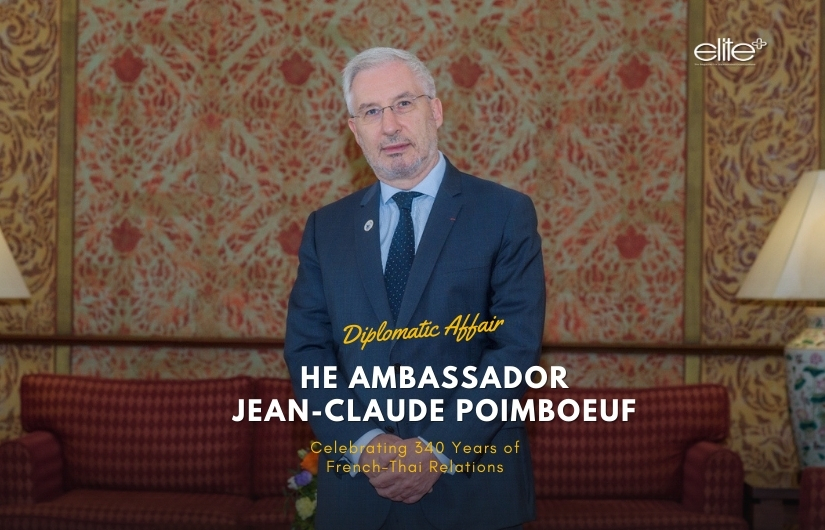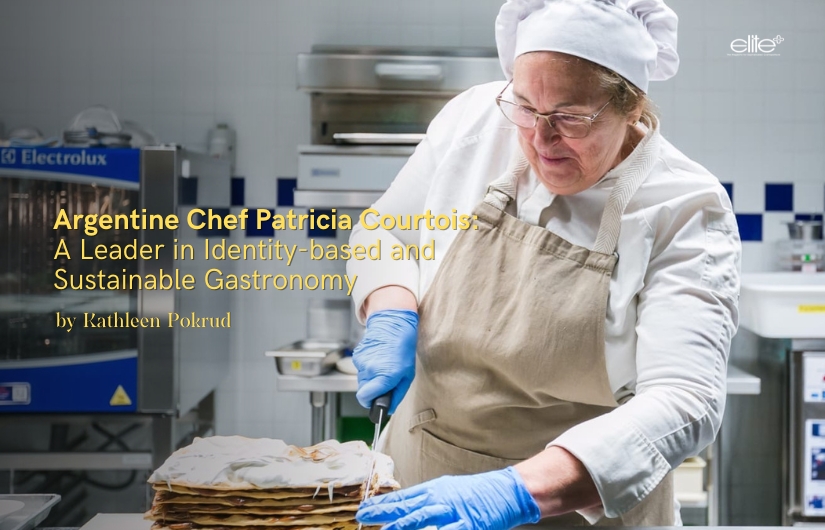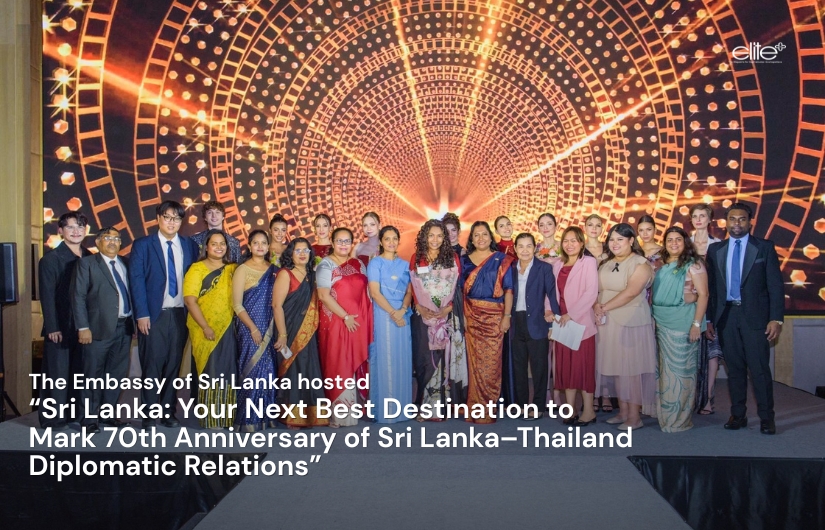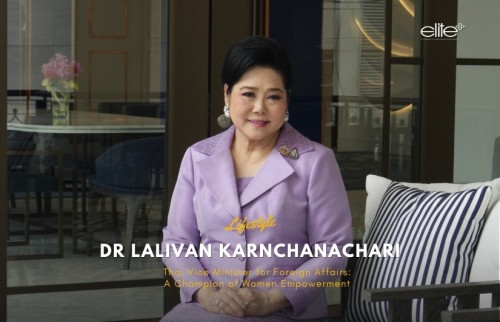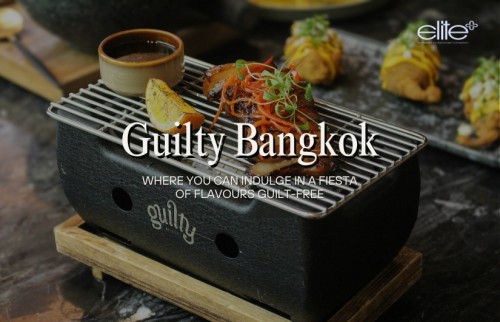Swedish Cuisine: Seasonal, Preserved, Traditional Viking Fare
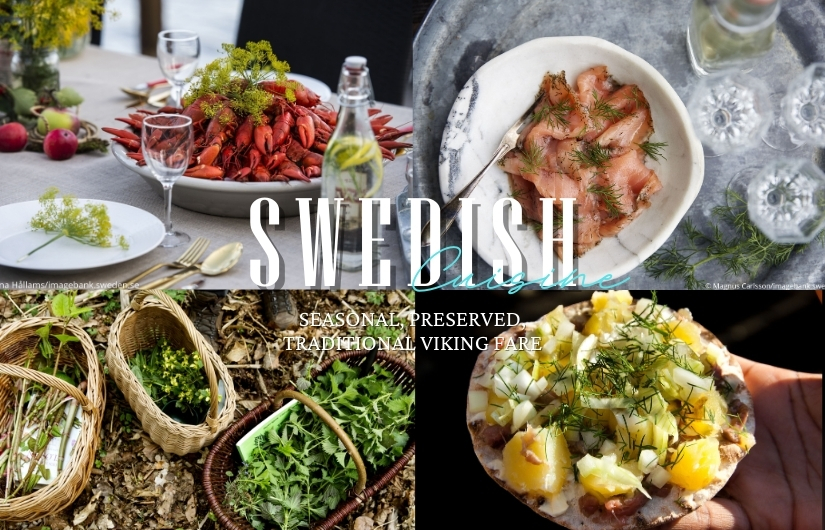
Swedish Cuisine: Seasonal, Preserved, Traditional Viking Fare
By Kathleen Pokrud
Sweden’s culinary practices have been shaped by the necessity to preserve food for the long and harsh winters which has shaped the historical flavours of Swedish cuisine, dating back to Viking ancestry. A prime example is ‘Pickled herring’ - in Swedish 'sill', often featured during Easter, Midsummer and Christmas celebrations. I sat down with HE Ambassador Anna Hammargren to learn about the uniqueness of Swedish cuisine.
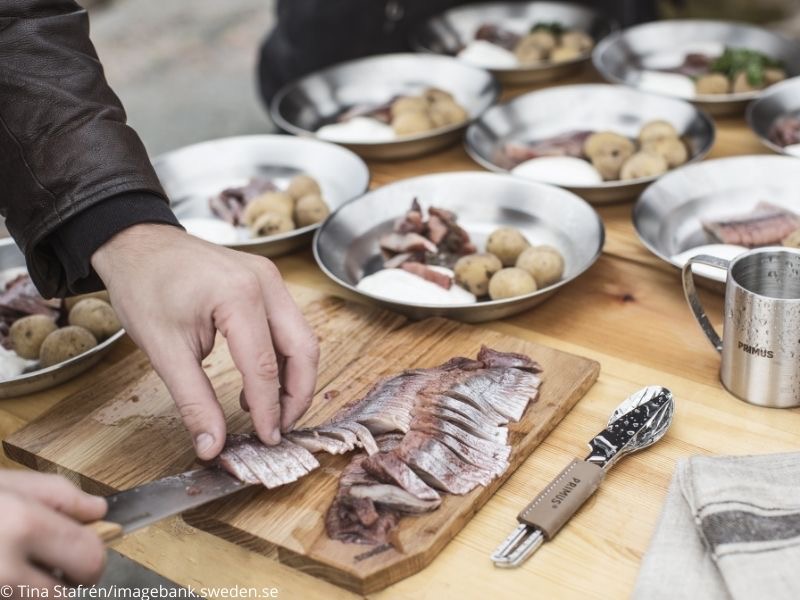
Ambassador Anna explained, “Historically, the Swedish population in the north relied on water mills that operated only twice a year, necessitating bread that could last for extended periods. This led to the development of 'knäckebröd', or crispbread, which could be stored until the next milling. In the south, where windmills were more common, baking was more frequent, resulting in the availability of softer bread.”
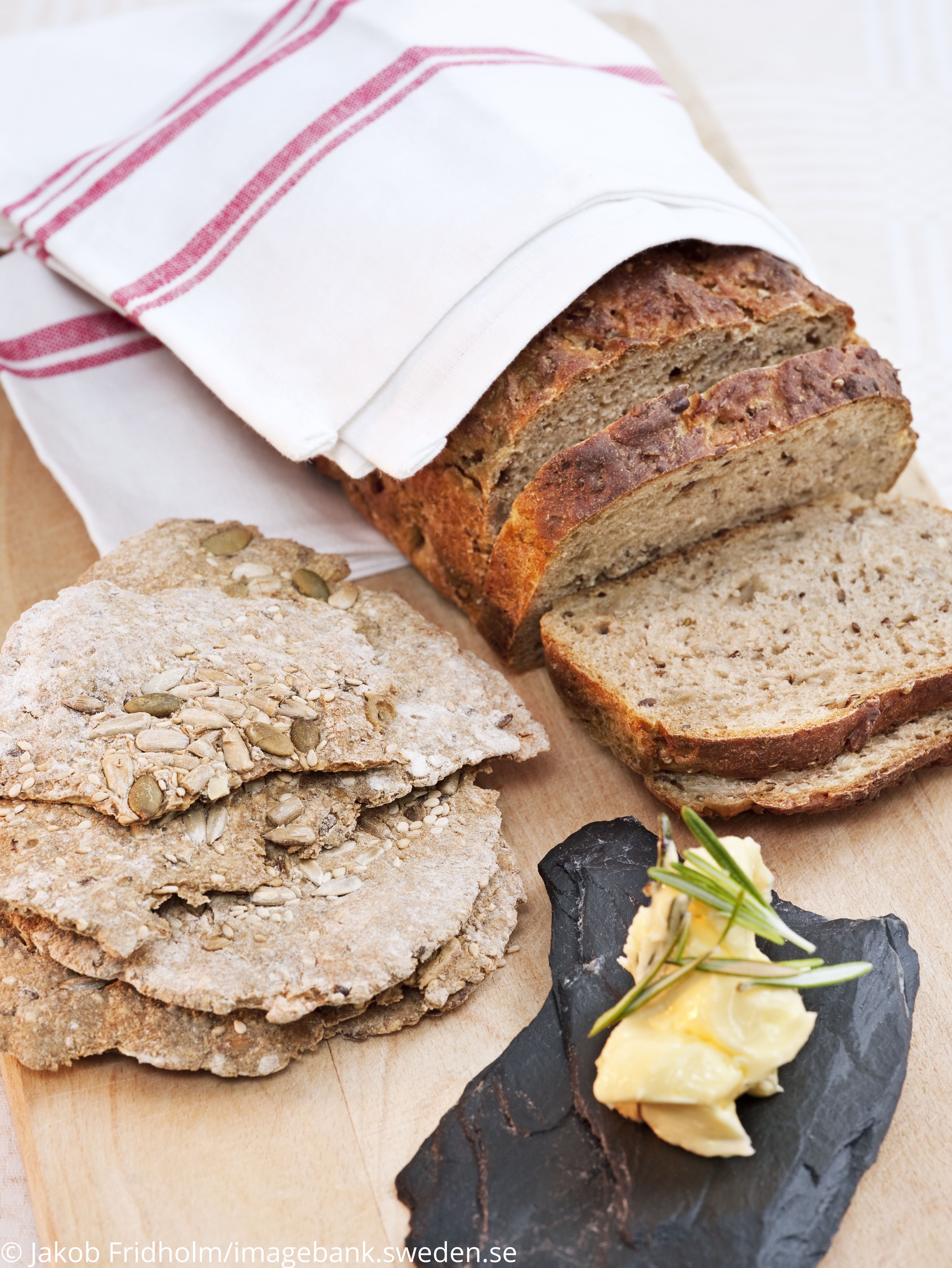
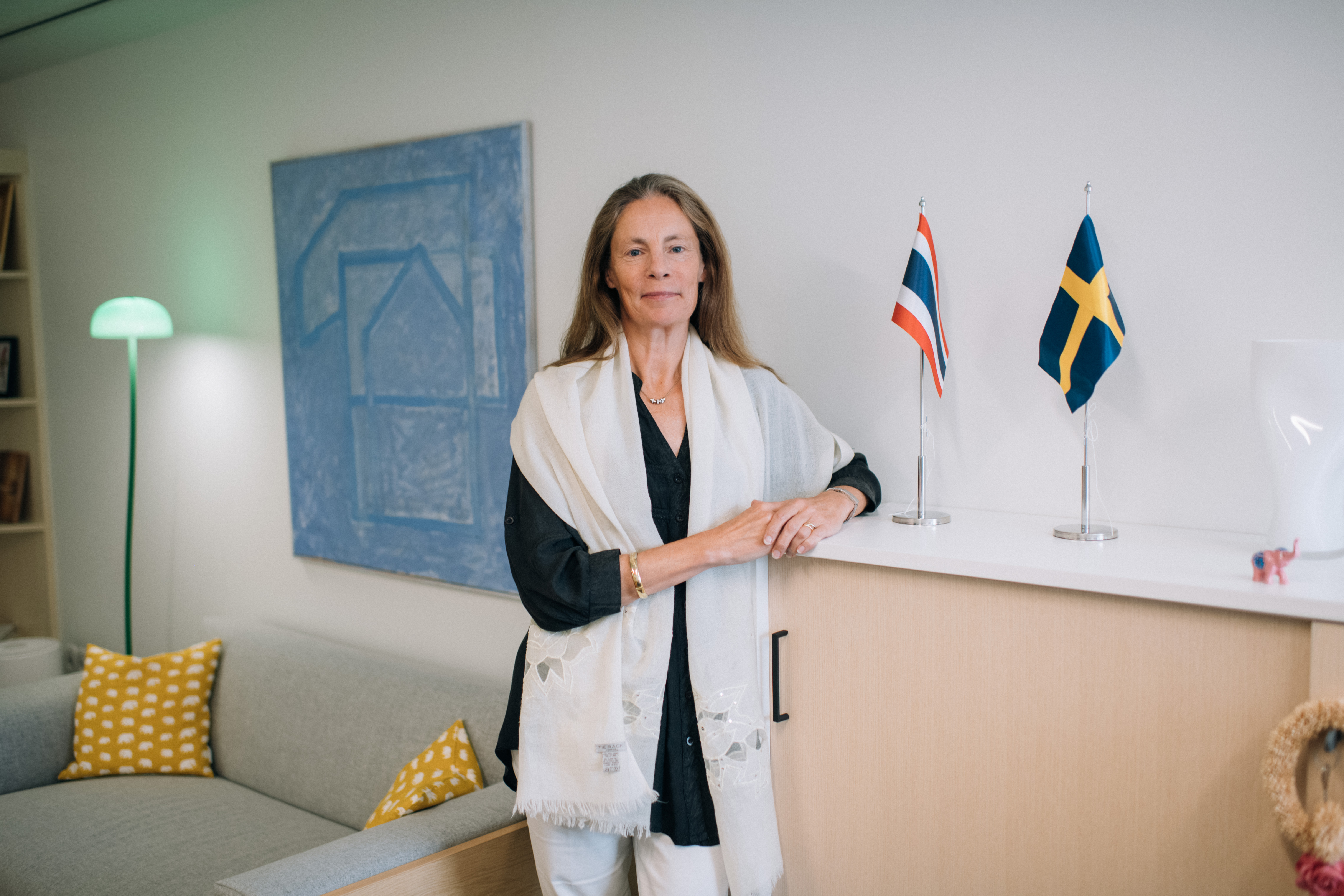
She went on, “The uniqueness of Swedish culinary culture lies in its emphasis on seasonality as it plays a crucial role in our food traditions. The short summer season's bounty is preserved for the long, harsh winters, resulting in rich, hearty winter dishes featuring butter, cream and meat stews. On the contrary, summer dishes are fresh and light. Seasonal festivities, such as the August crayfish party, celebrate the brief availability of certain foods while autumn focuses on game meat and forest produce like mushrooms. Moreover, Sweden’s strong tradition of environmental stewardship is intertwined with its unique concept of Allemansrätten’ - the right to roam. This grants everyone the freedom to roam the countryside, forests and even private lands, provided they respect nature and property. Swedes are encouraged to forage for wild berries, mushrooms and herbs, then integrate these natural ingredients into their cuisine. Swedish seafood is also highly seasonal, with colder winter waters enhancing seafood quality while warmer months are restricted to ensure sustainability and allow for species' reproduction. Game meat is more prominent in Sweden than in other Nordic countries due to its varied latitudes and extensive forests.”
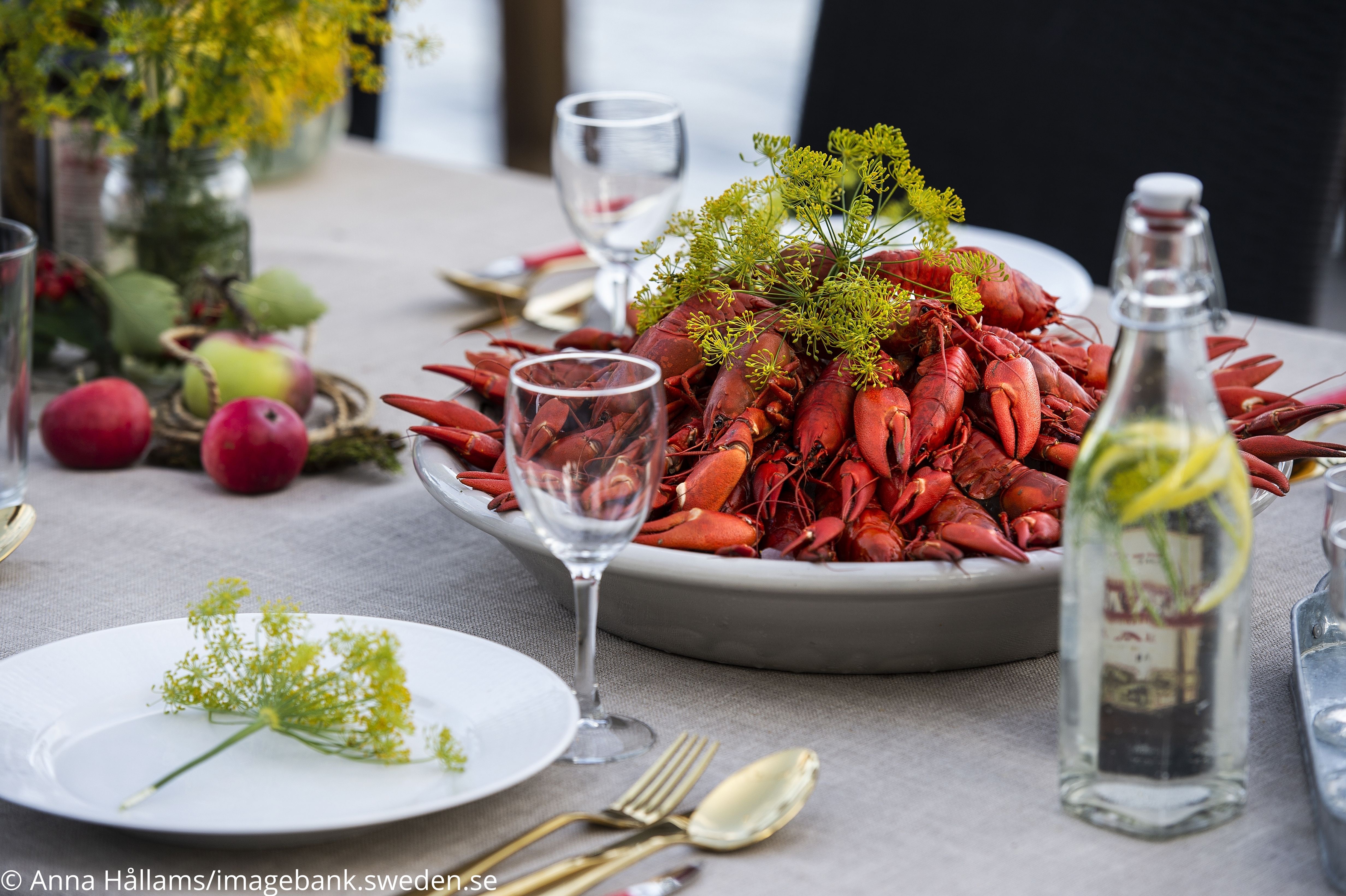
According to Ambassador Anna, Swedish culture is much centred around togetherness and being outdoors. “One of Sweden's most cherished customs is ‘fika’, a social coffee break accompanied by something sweet, typically a cinnamon bun – ‘kanelbulle’. Fika represents a cultural ritual of warmth and togetherness, going beyond just a snack. Other traditions, like the crayfish party and Midsummer celebrations, emphasize communal outdoor activities and specific foods. Even modern traditions, such as sharing ‘hotshots’, made of Galliano vanilla, hot coffee and whipped cream, at a bar reflect the Swedish spirit of enjoyment together. At Villa Frantzén in Bangkok, Swedish Hot Shots are served, often accompanied with singing a characteristic song that precedes drinking, similar to the tradition of singing when drinking aquavit at holiday festivities. It is a testament that this has become a significant part of Swedish culture today.
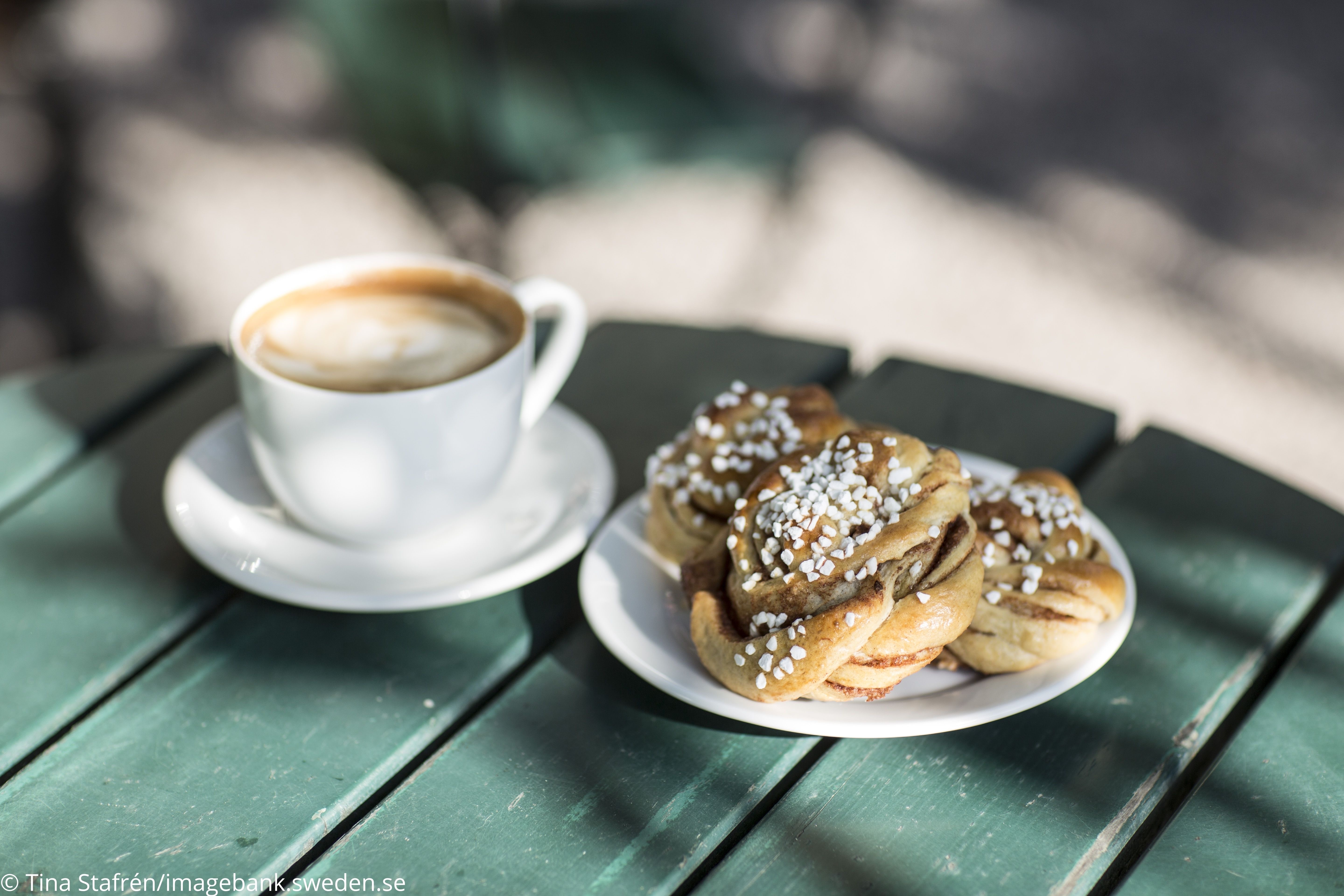
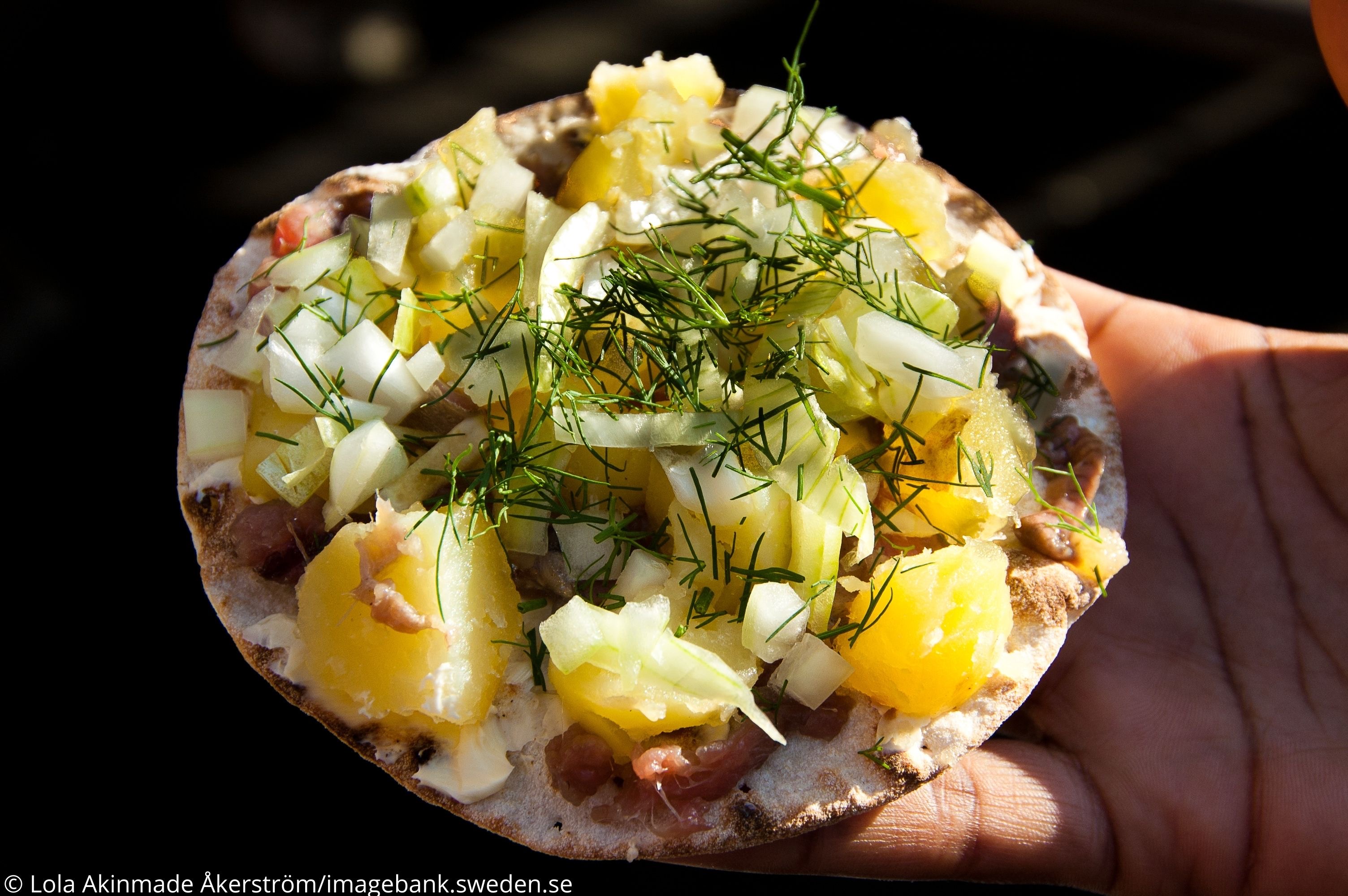
“Sweden's openness to international influences, combined with its traditional culinary practices, creates a distinctive blend of flavours and dishes. Key characteristic Swedish ingredients include ‘surströmming’ (fermented herring); vendace roe, often called ‘Swedish gold’; gravlax (cured salmon) and lingonberries made world famous owing to IKEA and their serving of Swedish meatballs. These dishes, alongside the concept of the ‘smorgasbord’, a buffet-style meal, have gained international recognition.”
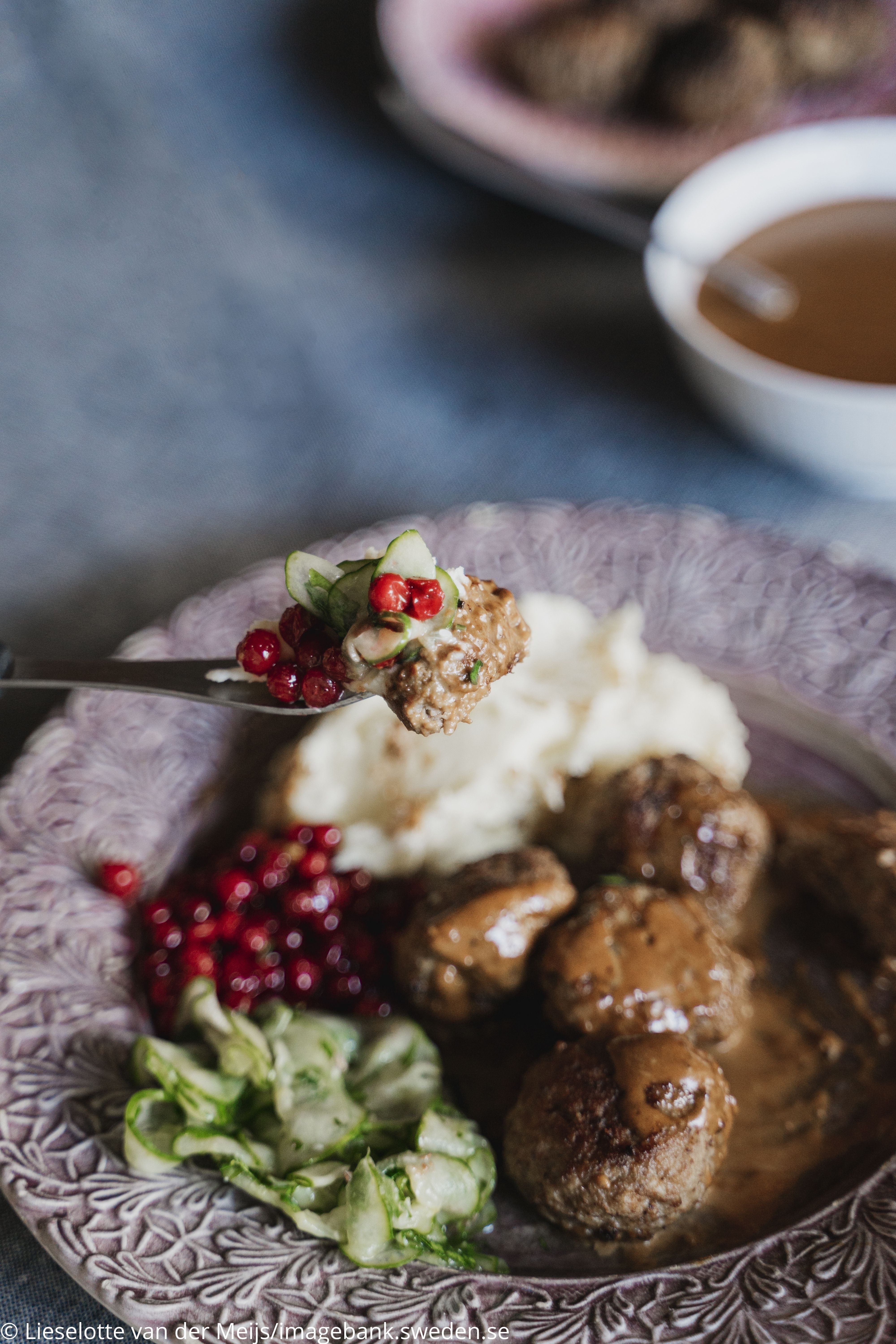
Ambassador Anna admitted that today Swedes eat much less of the traditional foods; however, globalised ingredients are now substituted into elements of their traditional dishes. Many Swedish classic dishes have international roots due to the country’s penchant for exploring new flavours and incorporating them with local ingredients. French culinary influences began infiltrating Swedish cuisine as early as the 17th century, introducing rich, creamy sauces that remain popular today. The most well-known national dish, Swedish meatballs, is said to have been brought from Turkey by King Charles XII in the early 18th century. Swedes made the dish their own by complementing the meatballs with local trimmings such as pickled cucumber, potatoes, lingonberries and a creamy gravy known as 'brunsås'. This depiction shows how Swedish cuisine has evolved significantly over the years, embracing international influences while maintaining traditional preservation methods and ingredients.
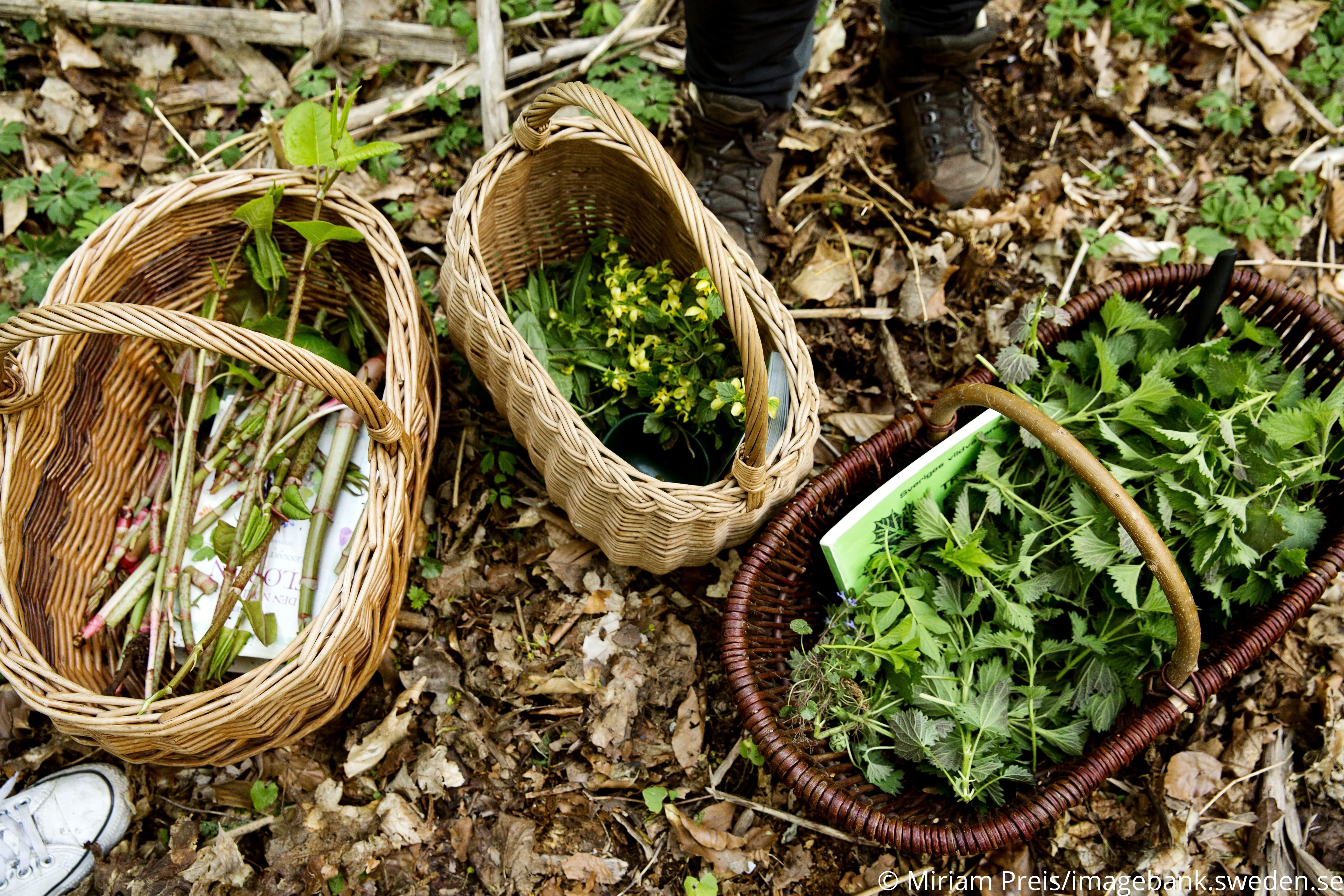
Swedish cuisine has also been severely impacted by the New Nordic Manifesto in the restaurant scene. “As one of the Nordic countries, our food had become structured and unified under the same umbrella common of past practices, like preservation, hunting and foraging. At that time, people would eat what was around them, which is what New Nordic Cuisine is about. There are now more kebab shops in Stockholm than Husmanskost (traditional home cooked Swedish food).
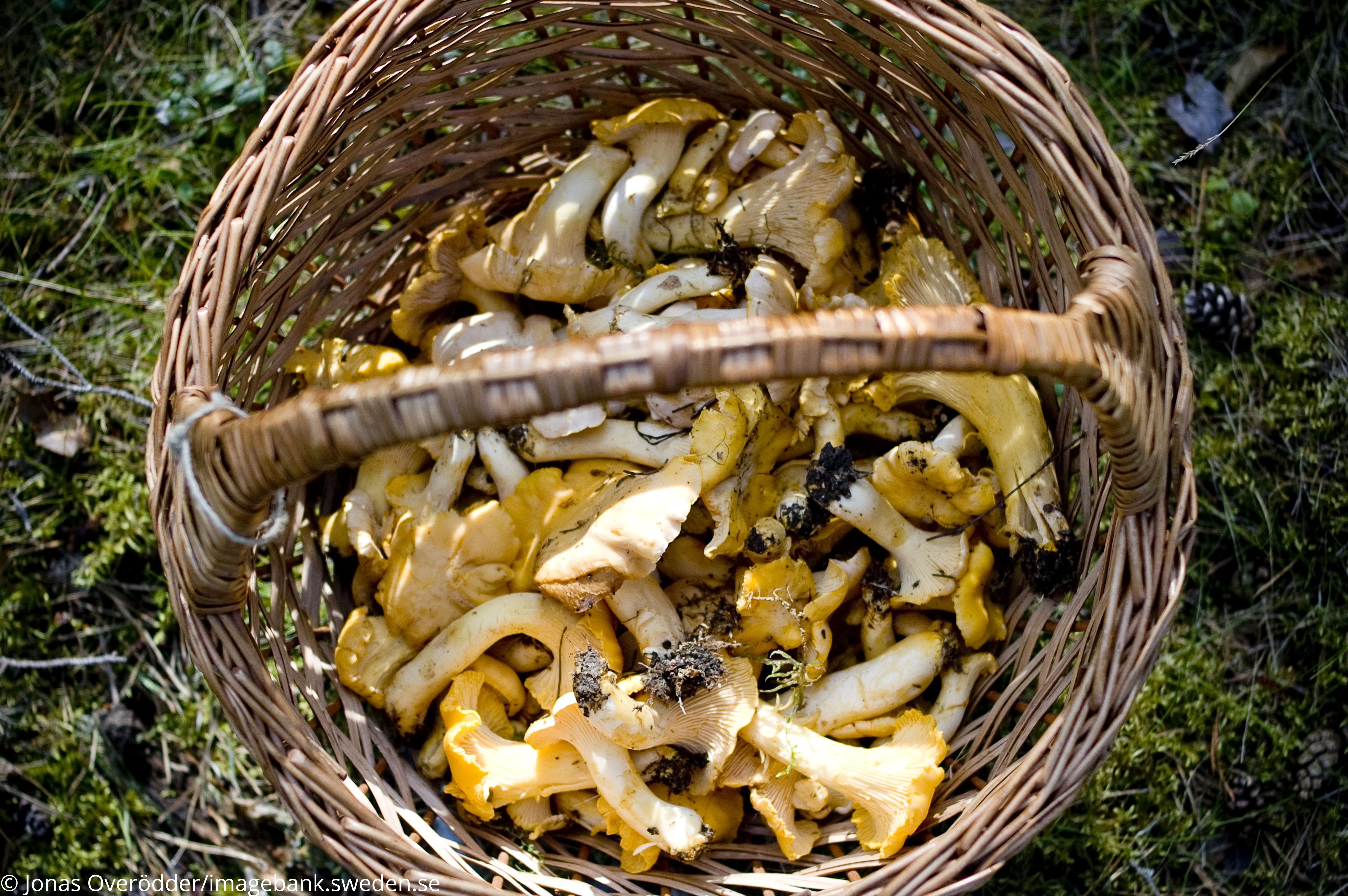
“The food scene in Sweden has been impacted by many factors over time. More migrants and minorities have contributed to the available ingredients in shops, which is reflected in the home cooking. The use of these foreign ingredients does not inherently make it less of a Swedish cuisine. It simply has become part of the Swedish cuisine of today.”
Ambassador Anna reflected further, “Equally in restaurants, a change has happened. Many modern chefs who have lived and travelled abroad have introduced ‘no-borders cuisine’ to Sweden, mixing traditional Swedish dishes with foreign ingredients. Conversely, Swedish chefs such as Björn Frantzén, Niklas Ekstedt, Fredrik Berselius and Magnus Nilsson have introduced Swedish cuisine to the world. In Bangkok, the Michelin guide lists Villa Frantzén, serving a modern Nordic style that borrows from Asian influences.”
As our interview drew to a close, we further explored the subject of modern Swedish cuisine. Ambassador Anna commented, “Innovation and sustainability are forces that continue to drive our national food scene forward while traditional ingredients and preparations are still honoured. This dynamic interplay of tradition and modernity ensures that Swedish cuisine remains vibrant and relevant.
In restaurants, we continue the trend of the New Nordic. Chefs are pushing to keep techniques, restore ingredients used before and open our eyes again to what is around us, reexploring seasonality and linking the cuisine to the environment. Meanwhile, Swedish home cooking has been globalised. Many Swedish families now eat tacos on Fridays, a spread inspired by the Mexican dish which has become engraved in Swedish food culture. Seasonal restrictions are no longer so profound. However, the trend of New Nordic Cuisine has in a way reintroduced the interest in learning to preserve based on ancient wisdom. A bigger focus on sustainability, reflected in many Swedes striving for viable dietary habits, emphasises a zero-waste principle, and ethics regarding food production and animal welfare have become high priorities, leading to an increasing demand for locally sourced and organic produce.”
In summing up, “These elements all together combine to create a unique and rich food culture that celebrates the best of each season and brings people together through shared culinary experiences that develop and preserve Swedish food culture.”

Kathleen Pokrud 181 Posts
In the business community, she serves on the Board of Directors with the Thai-Hong Kong Trade Association. Kathy is on the Thailand Tatler Magazine Expat Society The 200 List. She is the Honorary Columnist and contributing writer to a few leading English magazines. She and her husband, RADM Dr Boonyarit Pokrud have one son who is currently based in Boston, USA.





